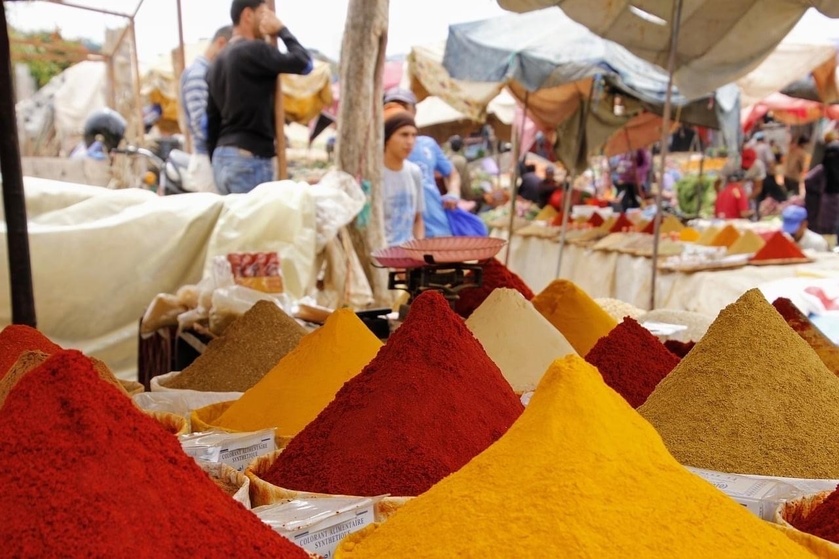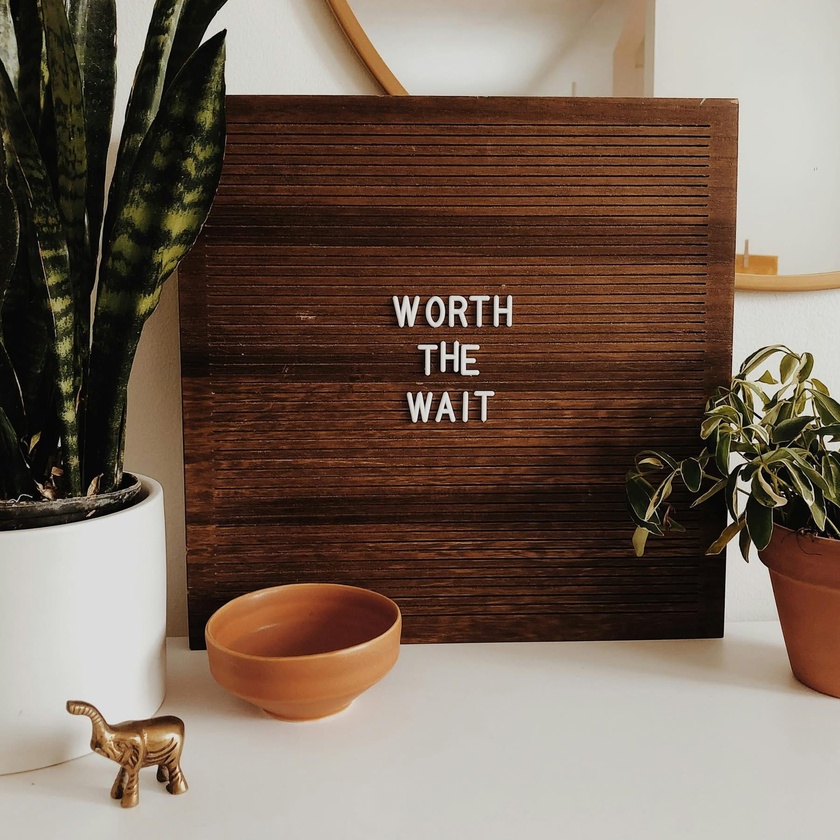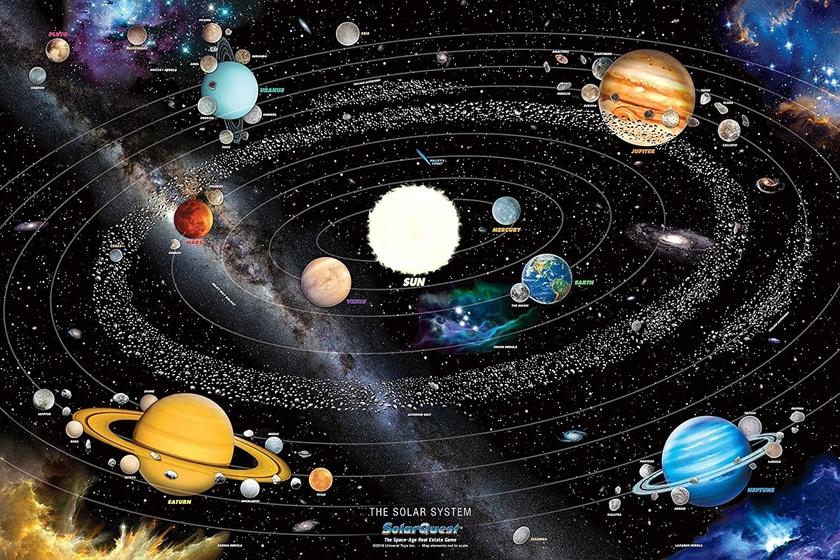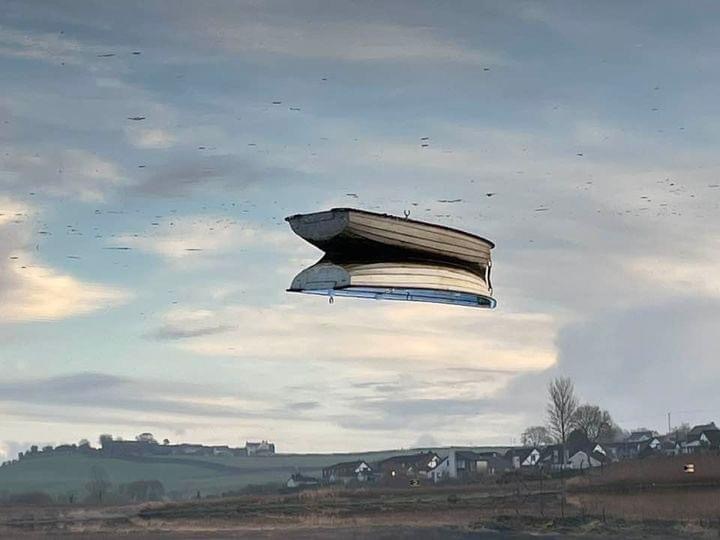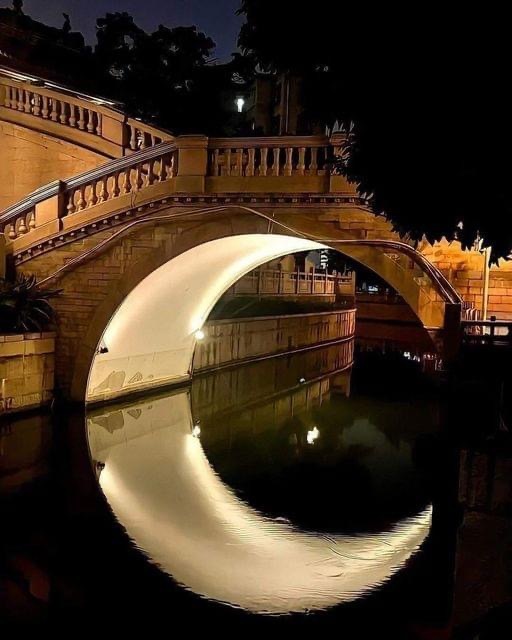Cave and Market Environments
3 of the 5 of our family is Cave environment (Color 1). And I am Markets environment (Color 2).
My experience is that 3 different profiles makes for 3
very different cave people and also different caves :)
Here’s Ra -
“The cave is very interesting it is all about where you are secure and protected, that’s not where you do your work.
You can in the modern context but I am going back in the primitive context. The insecurity was to go out into the world and come back in and rush back to your cave and hope you weren’t eaten by something, or killed by something.
So what was the natural flow in this, the natural flow in this is the combination of many caves together. As a matter of fact many caves with a wall around them.
It started in Ur in Mesopotamia.
What is called the actual first city, not that you would call it a city. It was a town basically, it was 5, 6, 20 dwellings, very simple dwellings and yet each family in that sense had their space, and of course it’s something to understand about this movement from cave to Market is that you are really talking about something very, very important having to take place in order for this to be possible.
And of course in this transition if we look at it in an evolutionary point of view is the husbandry of animals.
The husbandry of animals and the understanding of the natural growth cycle. In other words agriculture.
Those things were essential elements.
We’ve got all kinds of timing for them, basically sometime between 14,000 years ago and 8,000 years ago the understanding of agriculture, the domestication of animals was pretty much set in place.
All of that was the by-product of the insecurity of the cave. Leading to a larger cave in that sense, leading to the communal cave.
Leading to what we would call the village, the town, the city and ultimately the mega city. This is Markets.
And it is something to understand about being Market environment, is that you need to be integrated into the community.
And the underlying theme of Market is that it is about the way in which you survive.
Not the way in which you protect yourself and remain secure, the way in which you supply yourself with the things that you need in your life. In other words food, shelter, and so forth and so on.
And of course the moment that we had a way of guaranteeing that we had food resources, agriculture and the control of animals is the moment that the independent potential to develop and to succeed in crafts and trades and all of these things began to emerge.
The whole thing about the cave thing is that with the cave thing all the hunters had to get up and go out and spend all their time trying to find something to eat and bring it back.
The moment that you shift to Markets you’ve got a very different world. You’ve got a world that’s says we are a community, we are part of the community and in order to be functional we have to do something.
So this is something to understand about being in the Market, that your environment is also establishing the quality of life for you.
Remember something about environment, you can never separate environment from its nodal relationship.
That’s what it is all about, it is your life, it is your storyline. It is how your life is going to unfold in the most nurtured geometry. That means markets and being in those markets.
Interesting, friends of my wife, friends of mine as well have known them for many years. came by they don’t live here…ended up living a relatively conservative life in a tiny mountain village in Austria and running a ski resort.
And it was so funny to see their charts because they were both Markets.
And both of them always had this fantasy of doing what people below always want to do, they always want to be here.
In other words you are hardscape (color 1, 2, 3) and you think, ‘oh god I don’t want to live in this village where everybody knows everybody else and don’t want to make my living dealing with these people all the time, I want to live in the wide open spaces where nobody ever sees me and nobody knows me.”
And of course that not the way it works. And they both had markets and it was very funny to see that…
Some people get lucky because if you are in an adult partnership and you have different environments theoretically it works, but it is not an easy thing because they are very distinct in the way they point to in terms of what you see and what that leads to.
But anyway to get back to the theme of markets, markets are really about remember one of the things I taught you about what it is to have a 2nd color dietary regimen. Everything about the 2nd color dietary regimen is that you need to have good access to local markets, where you get local produce, and of course these are the local markets.
If you are going to be 2nd color environment you really need to be part of your community now that doesn’t have to be an isolated village somewhere, you can be a part of your community by simply being part of your neighborhood if you know what I mean. It is really important that you are integrated into the community and that it is in that integration into that community that you do your work.
What is interesting in markets is that it is antithetical to the web business and the way in which the internet has changed the way in which consumer habits work.
We can online order things that are no longer in our village, we can do business with people who we never have to meet on the street, all these kinds of things had an impact on the nature of markets.
You can see what happened. There is something that is called the gentrification movement. Where run down areas of city cores in north America cause that’s where I saw it the most that they were refurbished brought back to life, made into shinny quant major neighborhoods and these are classic markets being built inside communities where people could live there work there, know their neighbors, feel like they were in a connected community, those kinds of things and it is really about this market.
And in any of those places you will see that they always made room for having a natural market, or natural food stores, all these kinds of things and again it goes back to the underlying thematic of what community is supposed to be about..
There is so many things that depth brings to those who have skills. I love to sit down with city planners. It is one of those beautiful things that you see in environments, it is understanding the nature of market.
If you are going to build a super city that is going to have a life, that is not going to be oppressive by its very nature you need to build that neighborhood by neighborhood and you need to build it on market constructs because that was the way it evolved. If we went back to that we would see its success.
Everybody knows that if you go into a city on every other corner of that city you are going to have some kind of market stall, little shop on some corner that is run by first generation immigrants, these kinds of things.
And one of the things that is missing in all of that is that markets was built around food resources.
So basically when you looked at these first communities that came into existence they were surrounded by their food resources. And the food resources were brought into the core of the city into the center of the village because that was the market place. And of course that market place would expand. Now we have strip malls, we have all the modern accoutrement of it.
But for market people to feel comfortable this is why these people love to be in the countryside somewhere in the valleys and the mountains in that little community up there because this is what they are dreaming of and yet they belong in the city.
If we abandon the markets in the city and they can only be found out here, the cities die, and the communities don’t exist. Neighborhoods don’t exist…
One of the most amazing things I have watched as I grew up was this transformation of the southwest. I can remember places like las Vegas and phoenix they were tiny dessert places. You cannot just build housing. You cannot just build endless neighborhoods of houses that all go off somewhere to some market place. Neighborhoods that don’t have markets. And I don’t mean just foods. No markets no shops no this or that.
It’s one of the things to grasp about why cities are so sterile. And why we gravitate to those centers where food and shops are. It is the natural thing to do. And of course what has happened is that we have these zone cities where everybody goes and feels safe relatively speaking.. but the moment that you go into these neighborhoods where there is nothing, a corner shop there maybe a corner shop over there everybody is much more nervous and they are much more uncomfortable. And they no longer have a sense that they are in a place where people know them and they can be protected.
It is in these neighborhoods when something horrible is happening on the streets and there is these cries for help that nobody listens.
It is because the markets aren’t there. It is one of the most important things, this is the core after all. These bottom 3 (color 1, 2, 3) these are all about urban life.
This is all the offices and apartments, and condos, and it goes on and on and on, all those caves built one on top of the other, this is just the expansion of that at that level. But where I see the deep dysfunction is in the lack of the markets. It is just something that is missing.
I have a place in Toronto and I live in a gentrified area called Yorkville and it has everything. and it is such a pleasure to walk out into the street, and it’s a big city, dangerous as any big city and as full as the darkness that any big city has and at the same time it is a place where all kinds of people feel very safe and where all kinds of people fill the streets to shop, to look or whatever. This is what markets do…
If you want to find those places that are alive in a city you will find in around the markets. You will find it where there is material life taking place.
So if you’ve got a Market environment you’ve got to be part of that. This is what you are part of.
If you’ve got a market environment and you go into a neighborhood where there is nothing and you set something up you are going to do really well and you will start a trend…
One of my favorites is to walk down the Ramblas in Barcelona wow, is that ever full of life. In the summer eh? And this was the essential nature of the core of what city life was supposed to be about. Of course now it has become completely sterilized. People get into their cars to go buy a loaf of bread. Everything is someplace else. Nothing is around the corner from you and if there is something around the corner for you it is an exception and it is limited…
There is a difference the internal markets and the external markets. And it is really about different ways that capitalism works. Inside trading and outside trading…
It is really about understanding that this internal is much more suited for example somebody that is going to be in their shop or in their place of business in the community as opposed to somebody who goes out and works that community. You’ve got 2 sides of the coin. But again it is very connected to material because it is very connected to security. This is protection and this is long term survival. Again this is an evolutionary process that we are looking at…
Markets nourishes your material life. If you are a Markets person the fact is that your environment is going to be the key for you. and it is either that you are going to be busy in your environment doing your thing, or you are going to be connected in that way to the external, again through the right these are people who talk to people on the telephone and communicate with them over the web because its rightness it is very modern, it is about making money, it is about making money in your community being part of the community, paying taxes in the community all that kind of stuff otherwise you can’t build a city...
If you are a Market person you really need to be part of your market, your community, part of the supply and demand of that community. The more integrated you are in that community the more successful you are going to be and the longer your life…
One of the interesting things about internal markets is that these are the people that if you are working inside and you are making deals, this is when you are making the best deals, literally…it’s all about materialism, markets that’s why I keep on going back to cities and my concern for them because if cities become dysfunctional societies will immediately break down...
Until we have self-sustaining environments and again everybody benefits from that, again this is really the core. Because when you get here (color 3)...you are really dealing with something else you are dealing with the local environment exports itself out beyond itself. This is about keeping the environment whole and healthy and one can only do that by being able to establish viable and healthy communities, that are dying every day…
For the first time in our history more than half the population on the planet is living in cities. This puts enormous pressure on Markets. And of course we are dealing with the not-self world so all of these market people are just dreaming of being somewhere else. They think that they can, that their life is going to be so much better for them if they leave the material world and they go sit somewhere out in nature. And so we have a real dilemma. And of course the people that are supposed to be out there in the landscape environment are the people that are trying to grind it out in the market world and they don’t have the tools to do it. The perversity of our plane…
People are not living out who they are. The people who are born with markets are up here in the 5 (valleys). They are not living this out it is all distorted for them. They are running away from the very thing that calls them. They are anti-capitalist, anti-city all that kind of shit. It is a mad world.”
~Ra Uru Hu

